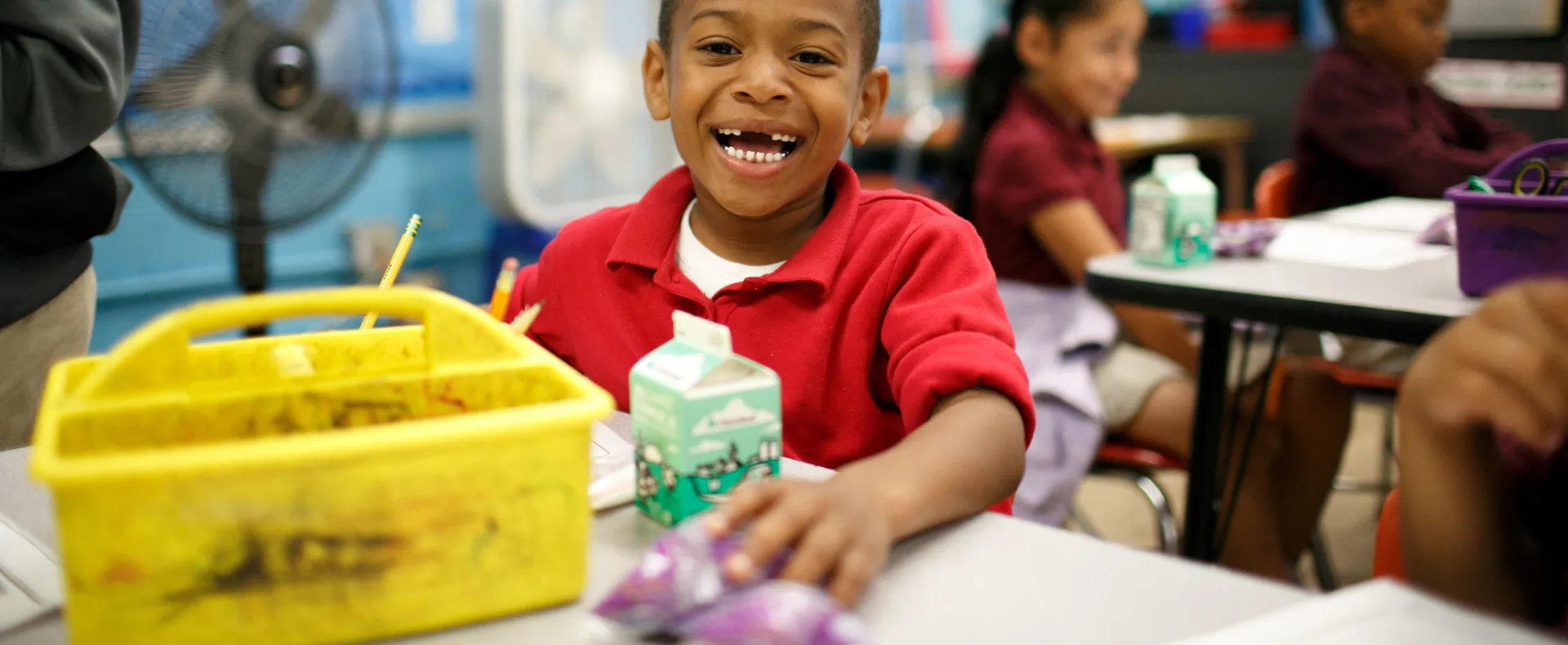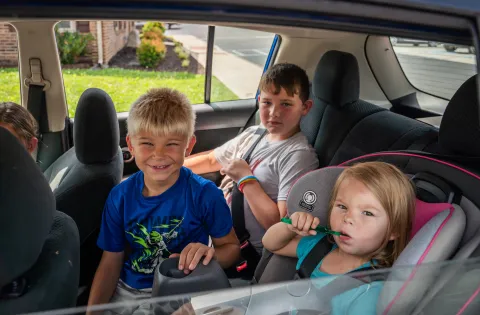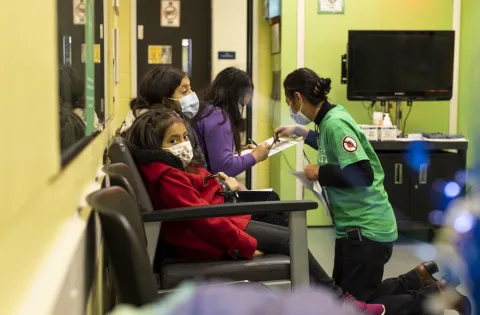A hungry child cannot fill their mind if they don’t have a full stomach.
As a mom, I personally understand how critical it is to make sure that my kids have the best start to their day. And that starts with breakfast. But not every child in a classroom has the opportunity to start their school day with a full belly.
That’s just unacceptable. But I’m proud to work for a company that’s doing something about it.
I joined Kellogg in 2013, the year the company launched Breakfasts for Better Days – our signature global cause platform. Late last year, we committed to creating 3 billion Better Days for people worldwide by 2025. This includes focusing our collective efforts toward our commitment to ending childhood hunger and making sure that adequate nourishment gets to families in need.
It’s not surprising that at Kellogg, we know breakfast! And our team is keenly aware of the importance of starting the day right with breakfast at school. The Specialty Channels business I lead is responsible for making our products available in locations like schools, cafeterias, hospitals, hotels, vending machines, convenience stores, airports and more.
Earlier this week, I spoke at an anti-hunger policy conference about the importance of expanding school breakfast programs. School breakfast is linked to a number of benefits beyond the obvious nutritional and food security advantages. For example, there is considerable evidence that school breakfast participation leads to better classroom participation. And in a recently created video highlighting the fact that 1 in 5 kids go to school on an empty stomach, kids referred to hunger as a “monster” – something that definitely shouldn’t be part of their school day.
In short, school breakfast is a key tool in helping to reduce childhood hunger and has the potential to have life-long positive impacts for all children, but especially those children in at-risk communities who face childhood hunger. Yet too many low-income children don’t have adequate access to school breakfast programs. In fact, according to the most recent research, for every 100 low-income kids that received school lunch in the U.S. last year, only 56 participated in school breakfast. We need to close this gap.
To address this, Kellogg – with the help of partners like No Kid Hungry – has encouraged schools to implement “breakfast after the bell” strategies such as serving breakfast in the classroom or grab-and-go meals in an effort to make school breakfast more accessible, thus improving child nutrition and spurring academic achievement.
Over the past several years, Kellogg has helped our partners in the U.S. bring school breakfasts to nearly 150,000 additional low-income children. And together, we’ve provided nearly 22 million additional breakfasts from 2009 through the end of the 2015-2016 school year.
But that’s not enough. We can do more. And we can’t do it alone.
You can help. Every time you purchase a specifically marked box of Kellogg’s cereal that says Give A Child Breakfast, Kellogg will donate 1 percent of the proceeds to No Kid Hungry to help expand school breakfast programs across the U.S. And, you can even take it a step further by making a donation to No Kid Hungry by visiting www.nokidhungry.org/Kellogg.
As a global food company, we will continue to be a leading advocate to fight hunger and feed the potential of all people, especially the most vulnerable among us. And together, we can create better days for kids across the country.



